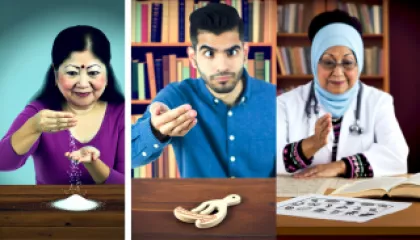Overcoming Adversity: My Journey of Coping with Chronic Illness
před 1 rokem
Zvládání chronické nemoci
Essential Parenting Hacks for Every Parent
před 1 rokem
Tipy pro rodiče
A Fragrant Journey: Exploring the Psychology of Scent and Emotion
před 1 rokem
Psychologie čichu
The Complete Guide to Managing Chronic Illness
před 1 rokem
Zvládání chronické nemoci
How can mental health coaching support cognitive development?
před 1 rokem
Kognitivní vývoj
Top 10 Strategies for Coping with Guilt
před 1 rokem
Řešení viny
Mastering Therapeutic Approaches for Panic Attacks
před 1 rokem
Panické záchvaty
Enhancing Cognitive Development: Online Support Strategies
před 1 rokem
Kognitivní vývoj
Learning to Manage Panic Attacks from 'The Martian'
před 1 rokem
Panické záchvaty
What Does Your Body Language Say About You?
před 1 rokem
Základy řeči těla
Applying Lessons from 'Inside Out' to Understand Cognitive Development
před 1 rokem
Kognitivní vývoj
Mastering the Mind: The Ultimate Guide to Understanding Superstitions in Psychology
před 1 rokem
Psychologie za pověrami
Mastering Body Language: The Comprehensive Guide
před 1 rokem
Základy řeči těla
Komplexní průvodce překonáním záchvatů paniky
před 1 rokem
Panické záchvaty














